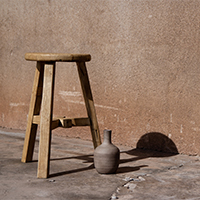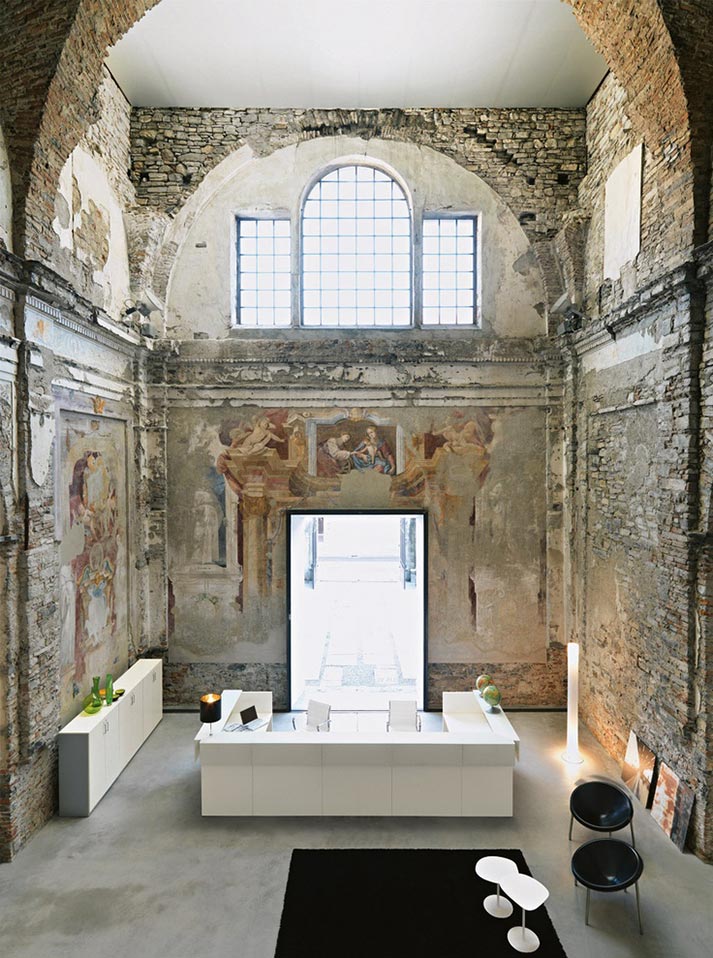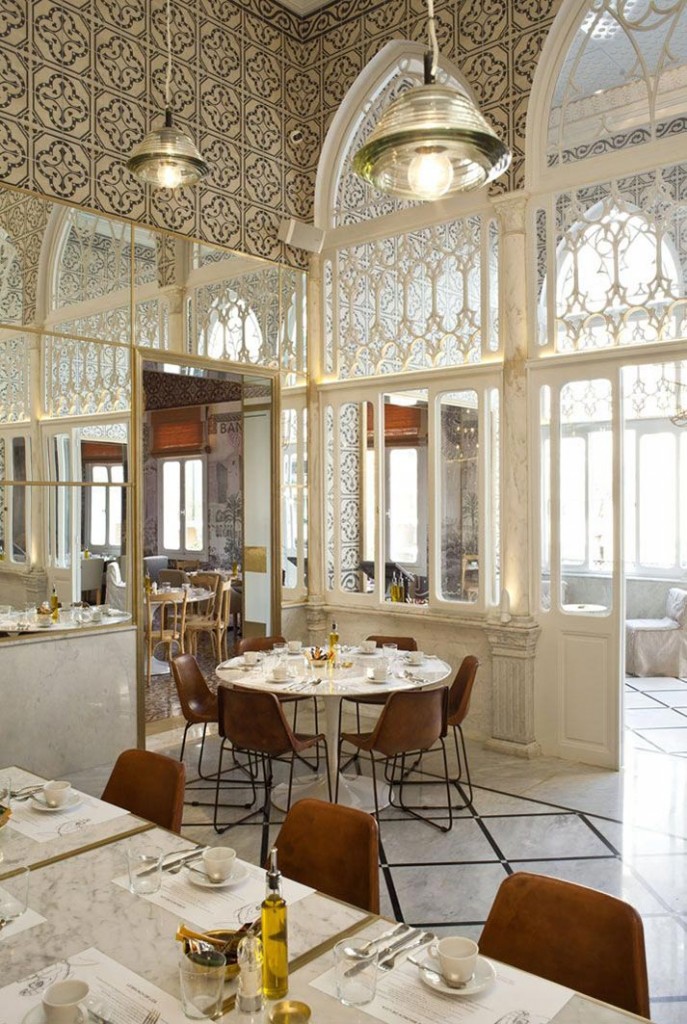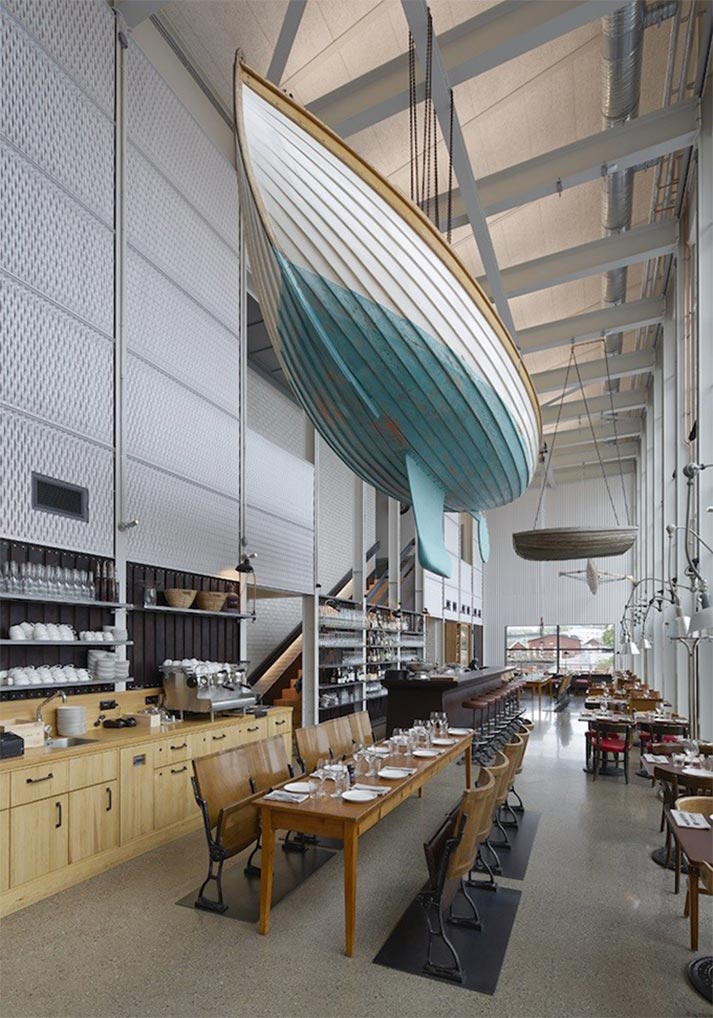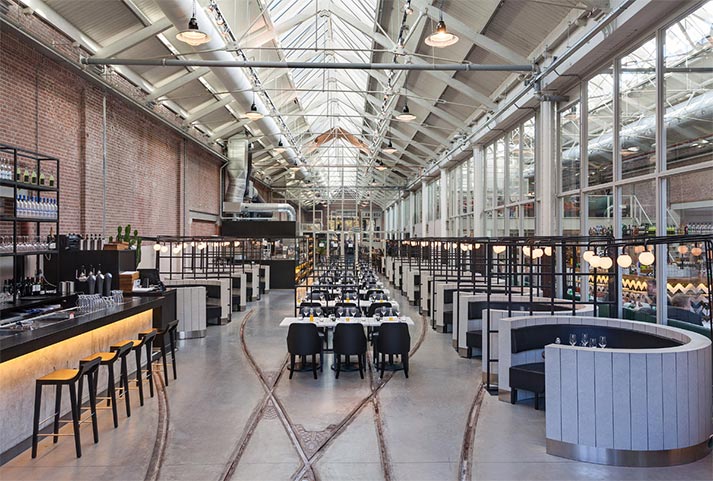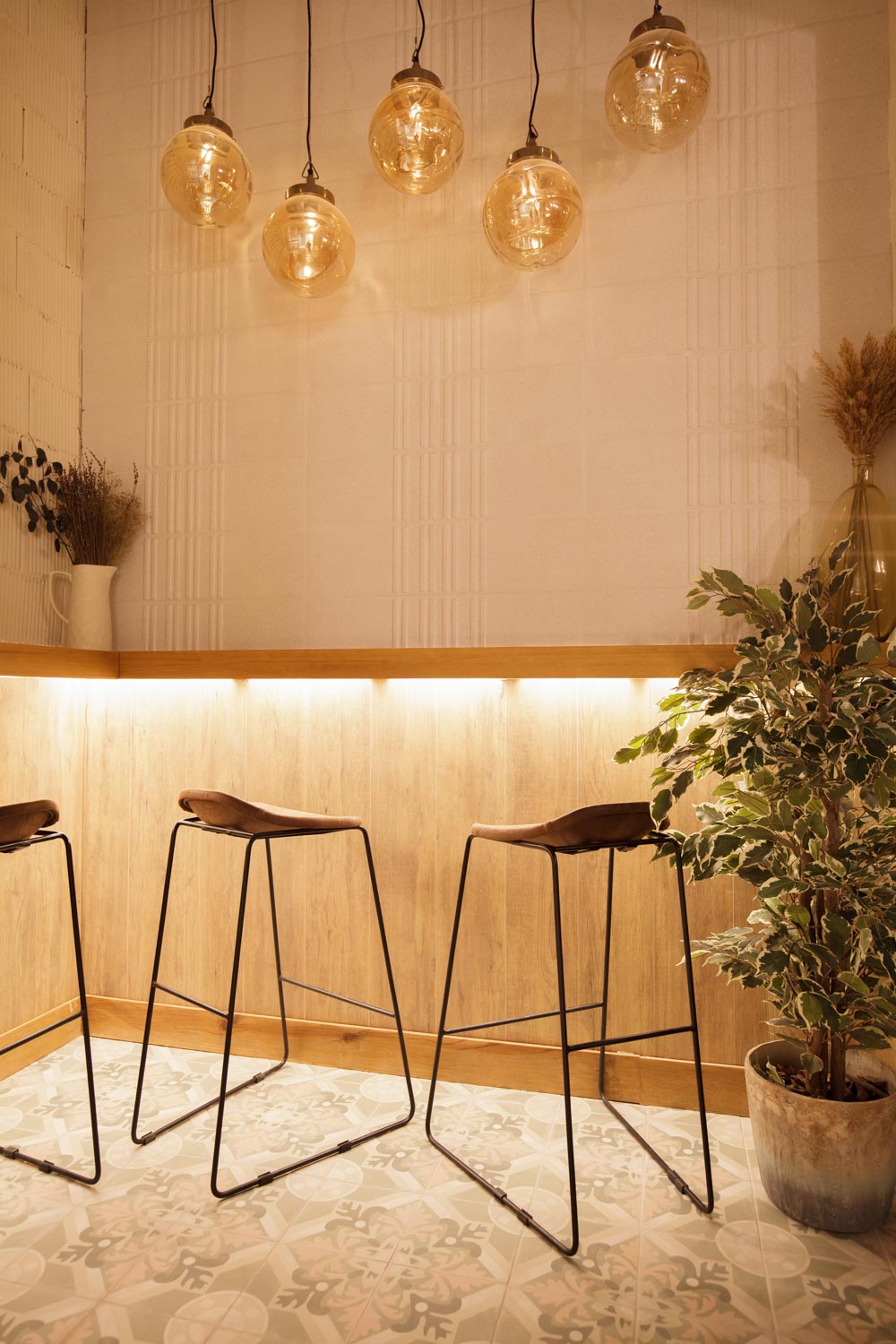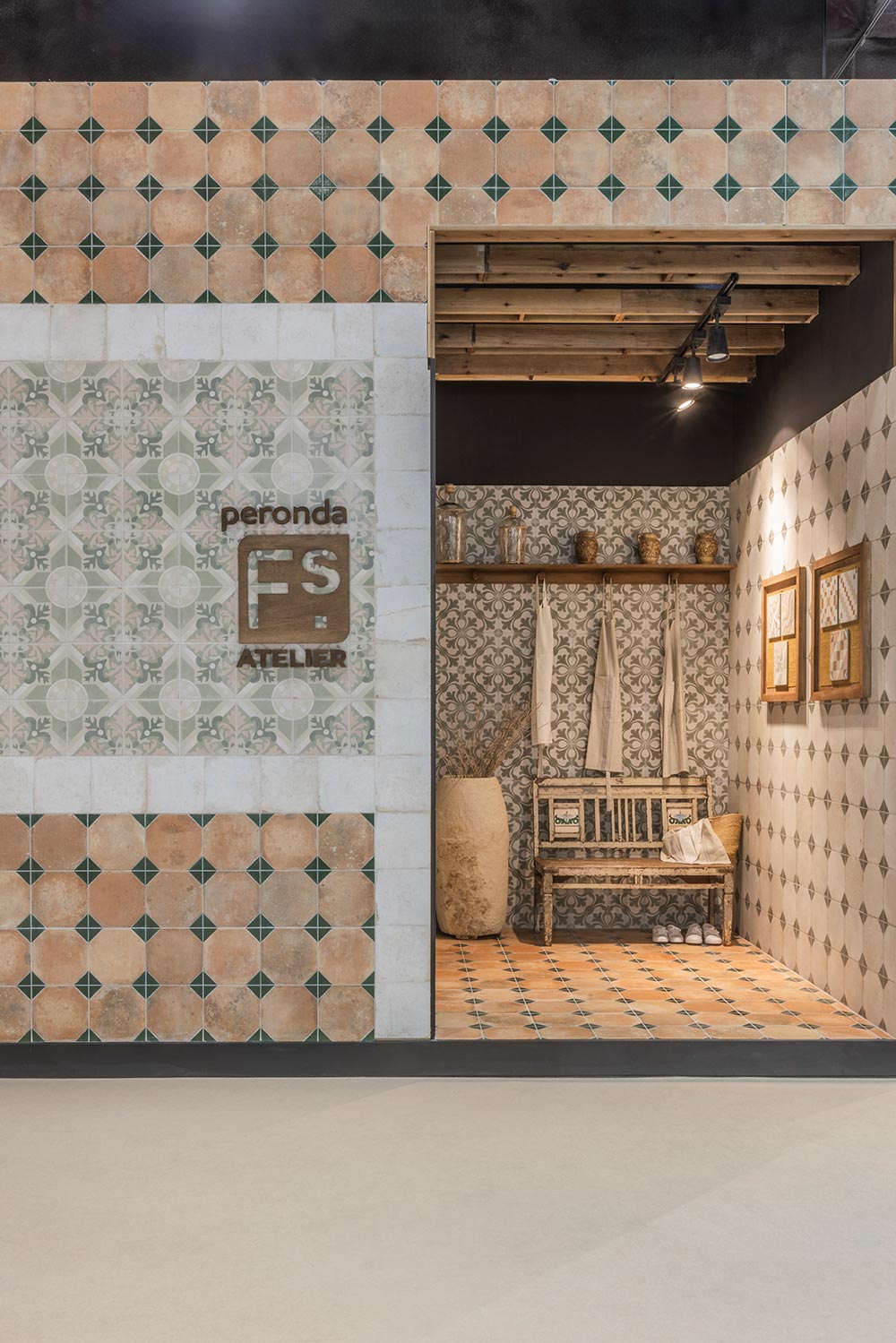The use of spaces with great architectonic value in interior design.
Stations, theatres, churches, markets warehouses and abandoned factories with infinite height, mostly open, is the perfect frame for the most trendy hotels and restaurants.
This architectonic jewels, are evidence that the reutilization of abandoned structures prevents the uncontrolled growing of the cities, with amazing results in the hands of professionals with creative vision and respectful with the surroundings.
The infinite height of these architectonic legacies allow architects and interior decorators work hard on the vertical distribution and horizontal, the great luminaires over the imposing decorative elements take over all the spotlight.
It’s about big spaces where the necessity of space optimization for the users and diners are minimized, giving more relevance to the aesthetic aspects.
Devoid of artificial and preserving the significant structural elements like vaults, windows, old wood beams or pavements and original cladding, these spaces are the antithesis to the modern impersonal constructions.
Ignored spaces where the effects of the time passing are clear. Surface cracks, humidity stains and symptoms of abandonment, that far from being an inconvenient, its transformed in the aesthetic of the space.
The antique accessories, the furniture, or vintage pieces, cover these spaces capable of pleasing and seducing the most demanding client.
Old dismantled factories objects and pieces with years of history added to the singular charm of the architectonic space.
The conversion of these spaces tend to preserve or rememorize their original activity in a rare patrimony, that gains values thanks to the innovative designer, capable of transforming useless spaces in sustainable, singular and unique spaces, that the different mark and character are the key of success in the commercial hospitality sector.
Proof of these original metamorphosis, the luxury without ostentation that takes place in the old Abdullah Bistros Palace of the XIX century, that in hands of the designer Maria Ousseim has turned in to a Lebanese food restaurant, Liza in Beirut. The second owned by Liza Asseily.
500m2 of arab style decoration with painted arcs and beautiful ceramic walls, where the great windows of morisco style with 7 meters of height have been preserved.
The old ship yards of the Djurgarden isle in Stockholm, have the Oaxen Krog & Slip restaurant, done by the Swedish architect Mats Fahlander. The original structure and the old boats that hang from the beams, highlight its industrial past creating a suggestive nautical environment.
The lamps from the 50´s, the stools from the 20´s and beautiful armrests from movie theatres, anchored to the floor take part of the furnishing.
The old railroads that go through the restaurant Meat West in Amsterdam are fruit of the reconversion of the old wagon storage , in an authentic leisure space that has restaurants, stores a hotel and a market.
Another sign of the excellent work done by the French studio Piet Boon, for the winner of a Michelin star, Sergio Herman and the chef Nick Bril in the Jane restaurant, located in the chapel of an old military hospital of Ambres.
The impressive vault roof is in the original state, the crystalized structure that enclose the kitchen in the altar with its colourful glass windows, more than five hundredth panels with religious images and the spectacular spider lamp with 12 meters and 150 light bulbs are proof of an outstanding work.
